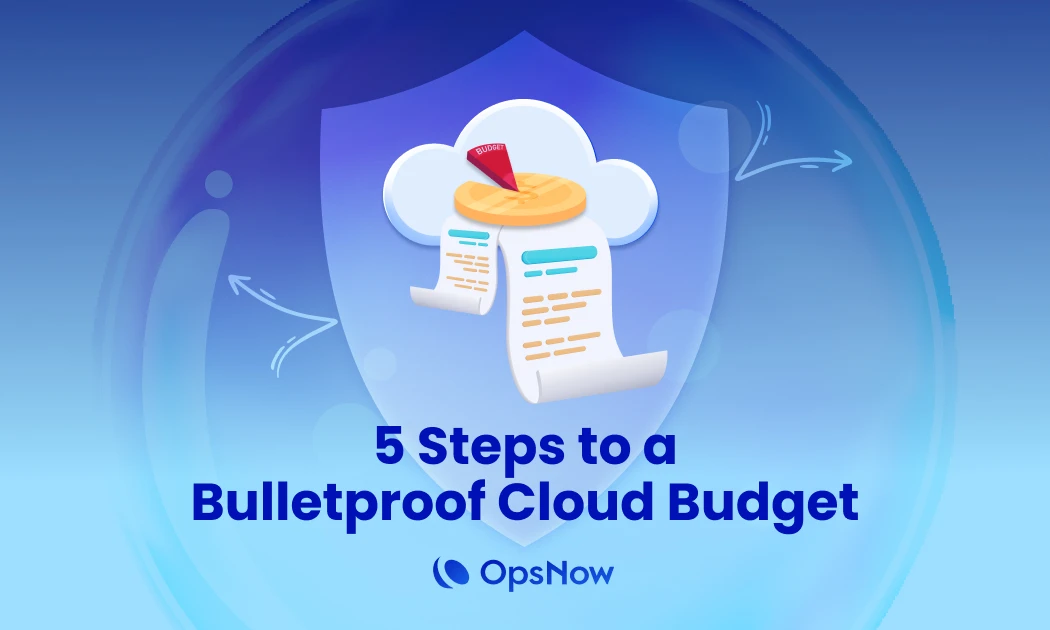
5 Steps to a Bulletproof Cloud Budget for Q4

Managing cloud costs across multiple teams and services is more complex than ever. Many organizations start with an annual budget but lose visibility as the year progresses. Without a clear view into how much is being spent in real time or where teams often operate in silos, unaware of how their usage aligns with overall financial goals. This lack of transparency leads to miscommunication between finance and engineering, and makes it difficult to detect anomalies or deviations until it’s too late.
On top of that, tracking budget performance manually across dozens of accounts or regions is time-consuming and error-prone. Teams often miss early signs of overrun or shortfall because there are no timely alerts or forecasts in place. This not only risks surprise costs at the end of the quarter but also leaves potential savings or reallocations on the table. Without a structured way to monitor budgets and compare them against actual usage, cloud cost management quickly becomes overrun instead of strategic.
As Q4 approaches, there’s one number you cannot afford to get wrong on your cloud spend. If your cloud costs still feel unclear or difficult to track, it’s time for a reset. Here is how to take full control before Q4 begins by following five proven steps that turn your budget into a strategic plan.
1. Start Tracking What Matters
Effective budgeting isn't about watching one giant, account-wide number; it's about monitoring the specific initiatives that drive your business. The first step is to move beyond the spreadsheet abyss and define what's truly important using the right tools.
You can monitor the health of all your important budgets from a central dashboard. Follow this simple workflow:
- Get a Quick Overview: Instantly check high-level metrics like the Runway data for each budget group to see if they are on track at a glance.
- Identify Deviations: Use the charts to visually spot which budget groups are trending towards an overrun or a significant shortfall.
- Drill Down for Details: When you see a budget at risk, click into its detailed view to analyze the specific spending drivers and prepare a data-driven response.
2. Catch Shortfalls Before They Become Missed Opportunities
Overrun gets attention but shortfall is just as costly. When a team uses only a fraction of their cloud budget, it could mean innovation projects are delayed, resources are being misallocated, teams are holding back due to uncertainty.
The ‘Budgets’ feature helps detect shortfalls across groups so you can reallocate unused budget to high-impact areas before the quarter ends.
3. Use Forecasting to Predict
Knowing where your cloud budget is heading shouldn’t be complicated. With built-in forecasting tools, you can easily spot whether you're on track, heading toward an overrun, or falling behind. Get clear projections by month, quarter, or year, and stay ahead of potential risks with early insights. The dashboard displays visual bar graphs and trend lines that make it easy to understand your budget status at a glance and no spreadsheets or manual calculations needed.
4. Set Alerts So You Never Miss a Critical Moment
Imagine getting notified before your budget is breached, not after. Alerts let you set budget thresholds, and notify the right people the moment costs deviate from the plan. Your team will stay ahead of the curve and in control.
5. Bring Everyone onto the Same Page
One of the biggest challenges in cloud budgeting is misalignment between different priorities and goals. A unified ‘Budgets’ dashboard helps bridge these gaps by providing a single source of truth for all stakeholders. It enables users to set, view, and manage budgets independently while tracking performance against targets at every level, from individual projects to company-wide initiatives.
Finish Q4 with a Confident ‘Budgets’
To close Q4 strong, make sure all budget groups are actively monitored, areas of over- or under-spending are clearly identified, alerts are in place to catch deviations early, and forecasting is being used not just to report but to drive smarter decisions. Now is the time to take control of your cloud budget with confidence. Start tracking, forecasting, and managing more effectively with the Budgets feature in FinOps Plus. Ready to take action? Book a Demo or Contact Us to Get Started.




